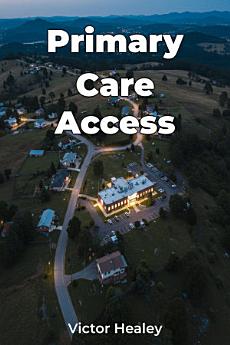Primary Care Access
About this ebook
Furthermore, it investigates the geographical distribution of primary care facilities, revealing inequalities between urban and rural areas, which often leaves underserved communities without essential healthcare services. This book uniquely integrates quantitative data with qualitative insights, offering a comprehensive understanding of the complexities surrounding healthcare access and health equity. It analyzes how socio-economic factors and health policy influence both wait times and the placement of facilities.
By drawing connections to economics, sociology, and political science, it moves beyond simply documenting disparities to exploring the underlying mechanisms driving these inequalities. The book progresses logically, beginning with definitions and historical context, then delving into appointment wait times and facility distribution. It dedicates significant attention to analyzing socio-economic and policy influences, and concludes by proposing evidence-based strategies to improve primary care accessibility.
This approach is essential for public health professionals, policymakers, and anyone seeking to address healthcare disparities and improve access to crucial services.








